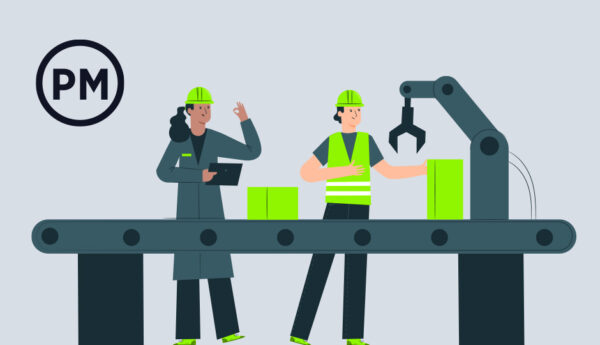
Stakeholders are anyone who has a vested interest in the project. They can be internal, such as project managers, teams, owners or investors, or external, such as clients, customers or suppliers. There can be a lot of stakeholders in any…
Read More

Stakeholders are anyone who has a vested interest in the project. They can be internal, such as project managers, teams, owners or investors, or external, such as clients, customers or suppliers. There can be a lot of stakeholders in any…
Read More

Ideas are essential to product development, but they’re intangible. Turning an idea into a product requires many steps. One of the first is to create a product prototype. If you want to know what product prototyping is, you’ve come to…
Read More

Agile is a useful project management methodology when used correctly. Unfortunately, if the whole team is not familiar with it, things can become inefficient. To avoid that, all agile team members must know what a product backlog and sprint backlog…
Read More

Whether you’re managing a project in construction or manufacturing, keeping costs down is paramount. The lower your costs, the higher your profits. It’s as simple as that. This is why cost control techniques are so important in project management and…
Read More

When a project or product manager is in the planning stage, they’re scheduling tasks to meet a schedule and not exceed the budget. But if the customer needs aren’t met with the deliverables being created, the project is a failure….
Read More

What are you going to put on your product roadmap? It’s not an easy question. Which product gets the green light? What features need priority? The RICE framework provides a scoring model for product managers when prioritizing roadmaps. RICE is…
Read More

Product management is a way to organize the development, position and pricing of your product. It helps you manage every step of the process that sees your product go from concept to market. As you might imagine, having project management…
Read More
Manufacturers are always looking to optimize their operations, reduce costs and improve product quality. They make a schedule, but internal and external factors impact production. To meet deadlines and remove bottlenecks, they use production tracking. Projection tracking is more than…
Read More

Manufacturers have a handful of processes they use to make their products. There are five types of manufacturing processes: repetitive, discrete, job shop, continuous process and batch process manufacturing. Let’s take a closer look at the last one, batch production….
Read More

A product roadmap will guide you through the product management process, which is notoriously known as a detail-oriented discipline. Getting into the weeds is part of the product manager job description, but one should never get lost there. Product managers…
Read More

Ordering a product and getting it delivered has become commonplace. While order processing seems to work fast and without issue, a lot is going on in the background to ensure the seamless management of placement, picking, sorting, packing and shipping….
Read More

Production management has to control a variety of functions to deliver projects on time without overspending. There’s the workforce responsible for the production itself, but also the equipment used, any raw materials needed, workflows and much more. Managing all aspects…
Read More

Manufacturers make things, and how much they make is determined by demand and the supply of raw materials. But who makes the decision on the quantity of output and how that information is delivered is processed through what’s called a…
Read More
